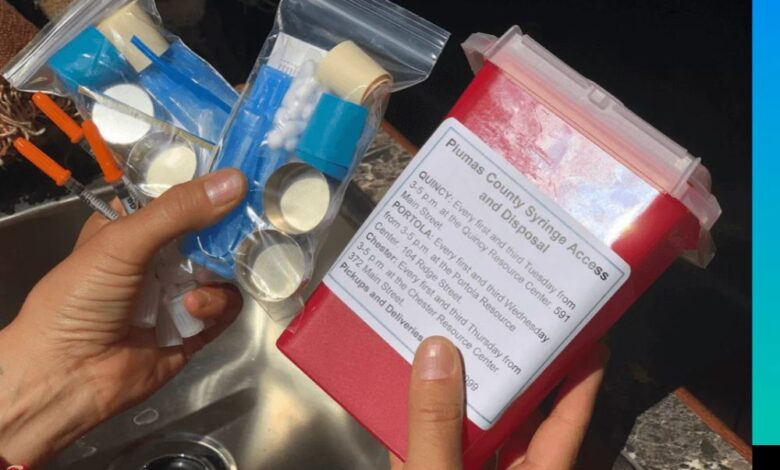
Safely disposing of unwanted medication is vital to prevent their accidental use, or misuse by people. Discarded drugs can also harm the environment and pollute water resources. Some drugs can be very dangerous, or even fatal, for people who are not meant to take them, especially children and pets may be at risk of coming into contact with improperly stored or disposed of drugs.
A survey conducted several years back among pharmacists working in hospitals and polyclinics in Kuwait examined how they disposed of unwanted medications (UM) returned to them by the public. The survey also assessed the awareness of pharmacists about the impact of improper disposal on the environment, and whether they would agree to have their pharmacies as collection points for future take-back programs.
The survey found that the majority (73%) of pharmacists polled discarded returned medication by dropping them in the trash, while only 16 percent of respondents disposed of UMs according to the guidelines of the Ministry of Health (MoH). In addition, around 82 percent of respondents said they were aware that improper disposal causes damage to the environment and 88 percent of the pharmacists also agreed that government hospital pharmacies and polyclinics should serve as collection points for any take-back program.
On a related note, in 2022, the Healthy Cities Office of the Ministry of Health organized a campaign to evaluate the effectiveness of a ‘take-back’ campaign in promoting medication safety in Kuwait. The campaign also aimed to educate the public about the risks and hazards associated with storing expired and unused medications at home, emphasizing the potential for medication errors and drug-related harm from these products..
The campaign, which lasted over a period of one month, successfully engaged 405 households and collected 1005 kg of medication, comprising 7,648 items. An evaluation of the returned products revealed that painkillers comprised the largest group (18%) among the returned medications. This was followed by gastrointestinal drugs (12%), antibiotics and other anti-infective drugs (11%) and vitamins and dietary supplements (10%).
Over half of the items returned during this campaign, 4,395 (57% of the total), originated from the Ministry of Health and 3,253 (43%) came from the private sector. The campaign found that 52 percent of items had expired, 24 were used but not expired, and 21 percent were unused but not expired. No information was available for 3 percent of the items
Currently, the Ministry of Health in Kuwait lacks a dedicated collection service for the proper disposal of household medication. The campaign sought to provide a safe and controlled mechanism for the disposal of unused and expired drugs, through secure collection points at primary health care (PHC) centers on designated collection days. The take-back campaign also served as a platform to raise public awareness about safely disposing unwanted medication, and the urgent need for the MoH to implement a ‘take back’ service
In many countries there are proper guidelines on how to safely dispose of medications, including pills, syringes, and inhalers. The best way to dispose of most medications is to take them back to an official drug take-back facility if available.
Properly disposing of used or unused needles and syringes helps prevent others from getting cuts or punctures. People can dispose of needles and syringes at home by placing used ones immediately into disposal containers meant for needles and other sharp objects (Sharps disposal containers are available in some pharmacies and healthcare centers).
Check with local trash removal services or healthcare facilities to find out what services are available to dispose of such containers. People can also flush certain dangerous drugs down the toilet to limit the risk of someone else using them or a pet consuming them.
Health experts and organizations involved in drug safety recommends immediately flushing away unused or expired medications with the following words in their names: benzhydrocodone, buprenorphine, fentanyl, hydrocodone, meperidine, hydromorphone, methadone, morphine, oxycodone, oxymorphone
sodium oxybate, tapentadol.
They point out that the potential risk from these medications, some of which can be fatal if improperly used, outweigh the potential impact of flushing them away on the environment. Moreover, considerably more amounts of drug waste reaches the environment through waste water supplies, when medicines pass through the body and enter the waterways through urine, feces and other human expellations.
In particular, used and unused fentanyl patches should be flushed immediately. Fentanyl patches, which are strong pain relievers administered through the skin, can harm anyone who has not received a prescription to use them. A significant amount of the drug remains in a patch after use, so it could harm anyone who picks it up by accident. The medication usually comes with instructions on flushing used and surplus patches safely.
Keep in mind the following tips when throwing away unused medication:
- Remove the medication from its packaging
- If possible, mix UM with any substance such as dirt, cat litter, or coffee grounds to deter children and animals from picking them up
- Take care not to crush any tablets or capsules
- Recycle the empty bottle or other packaging, taking care to obscure or remove any personal information first.













